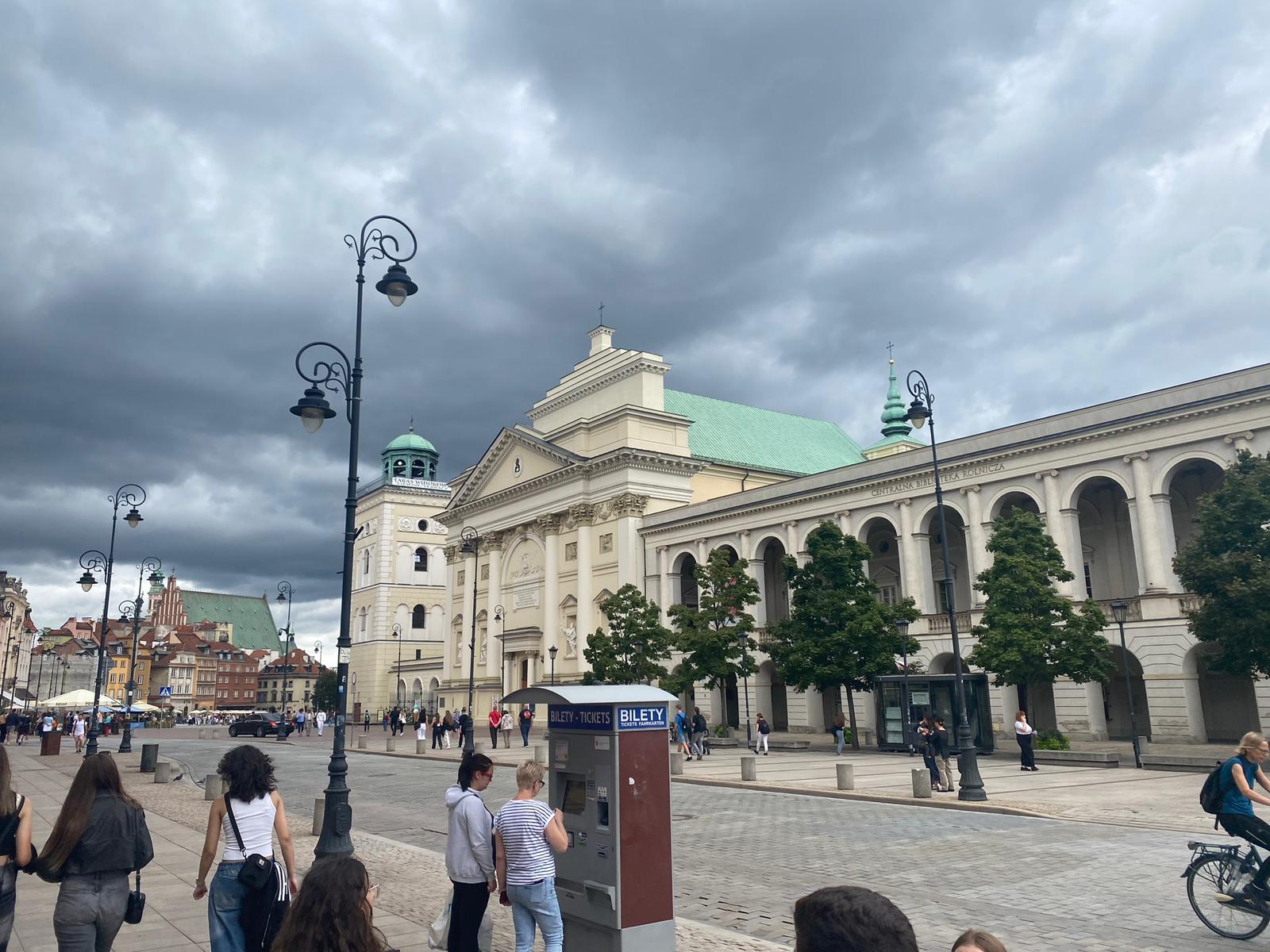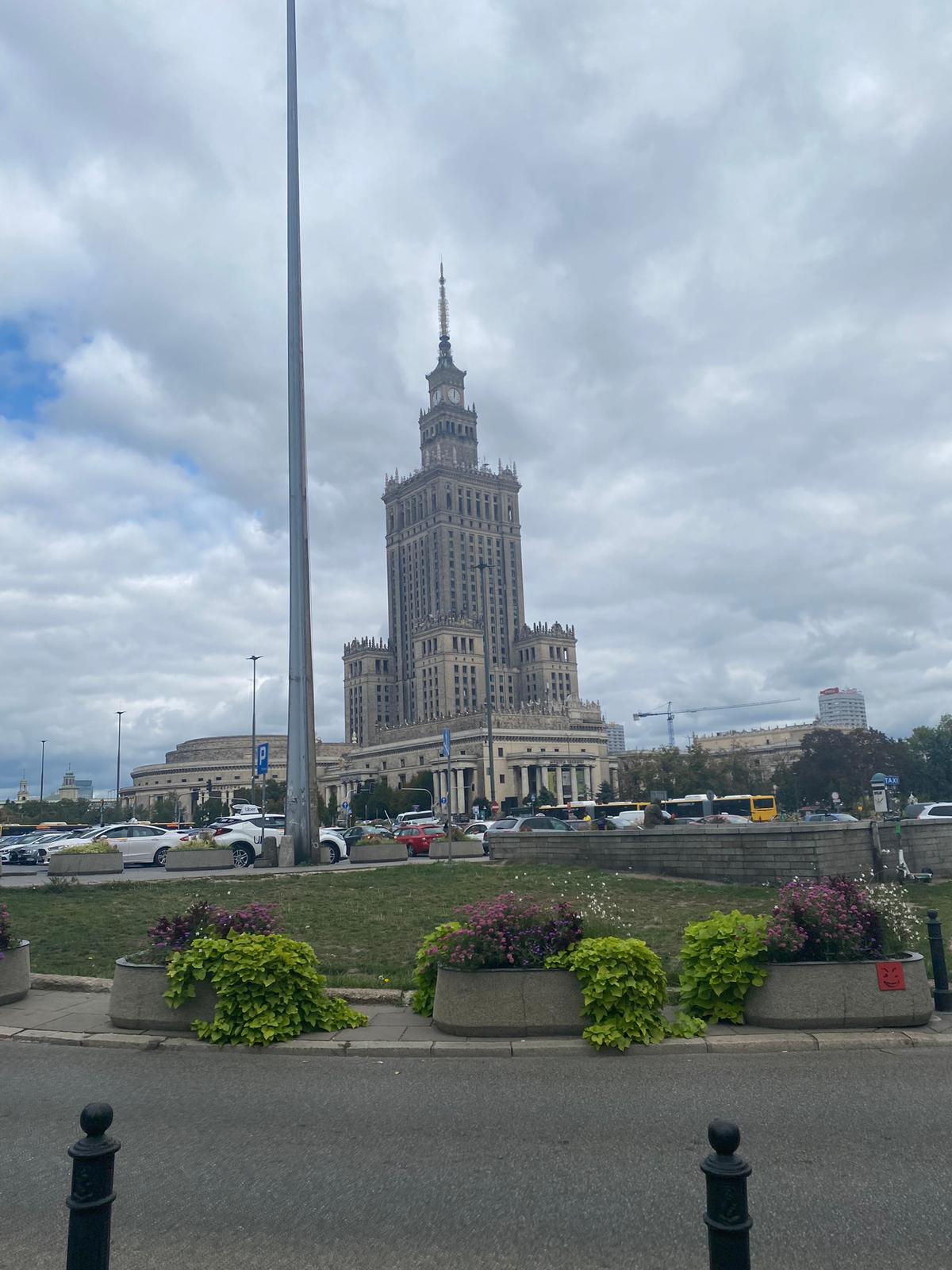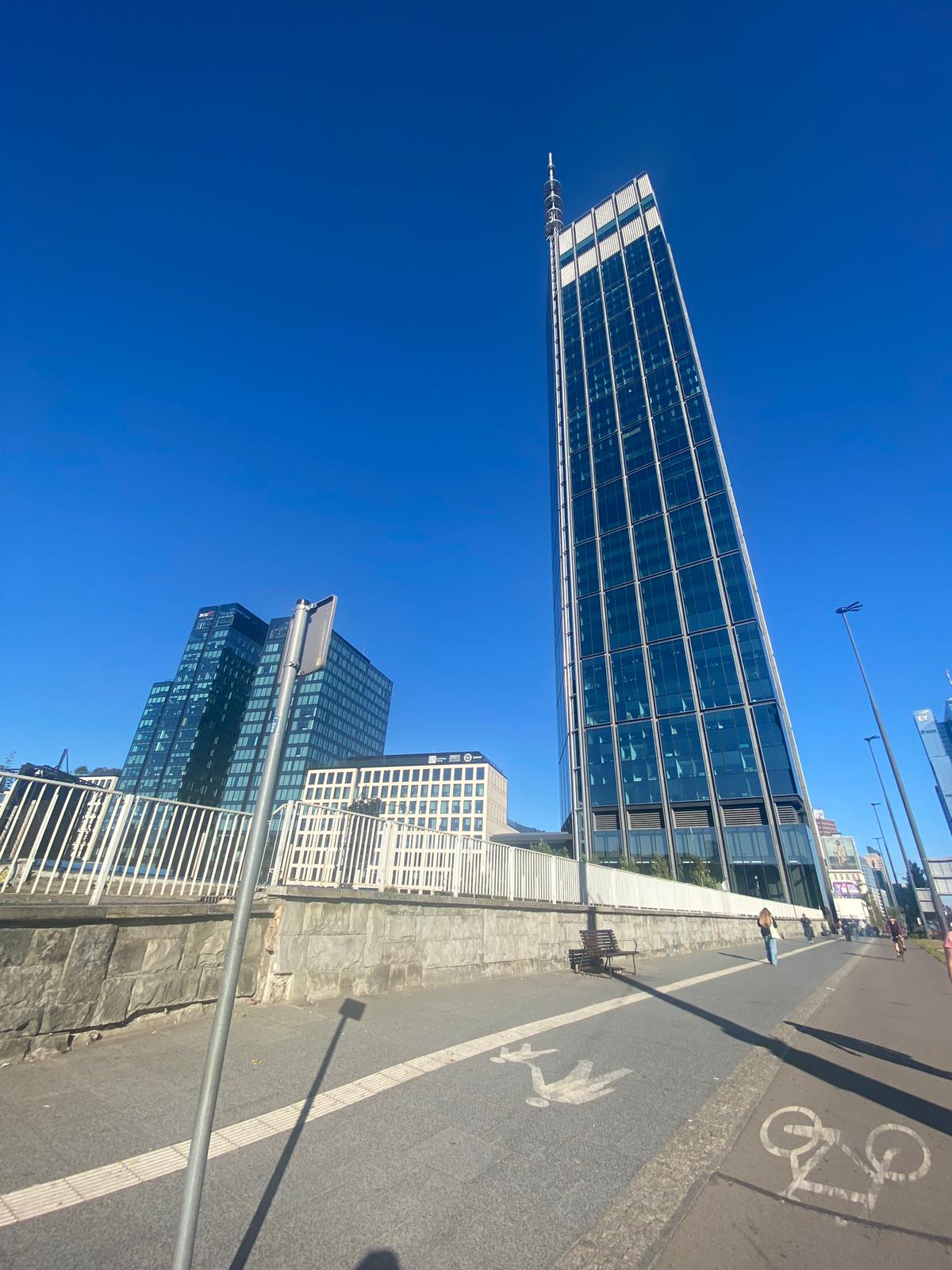The capital and its history -Warsaw – Dobrițoiu Ioan-Alexandru

Warsaw, the capital of Poland, boasts a captivating history that has left an indelible mark on its present identity. Nestled along the picturesque Vistula River, the city's narrative is one of enduring resilience and transformative growth.
In the distant years of the 13th century, Warsaw was just a humble fishing village. However, in 1596, it ascended to prominence, becoming the illustrious capital of Poland and a crucible for momentous events. Over the centuries, it evolved into a thriving metropolis characterized by a rich tapestry of culture, vibrant commerce, and architectural splendor, all of which embody its unique character.
The ominous clouds of World War II cast a dark shadow over Warsaw, subjecting it to the brutal grip of Nazi occupation. Yet, amidst this harrowing period, the heroic Warsaw Uprising of 1944 stands as a testament to the city's unwavering spirit. Tragically, the city bore deep scars, particularly in its cherished Old Town. Nevertheless, Warsaw refused to bow to adversity.

Through tireless efforts, the Old Town was meticulously reconstructed, a feat that earned it the prestigious UNESCO World Heritage status. This remarkable achievement underscores Warsaw's indomitable resolve and determination.
For an 12th grader, Warsaw's history serves as a profound source of inspiration. It imparts a valuable lesson that even in the face of daunting challenges, the preservation of cultural heritage can coexist harmoniously with progress. Warsaw stands as a shining beacon for other cities, encouraging them to honor their past while embracing the boundless possibilities of the future. It radiates hope, resilience, and remains an enduring source of inspiration for all.



